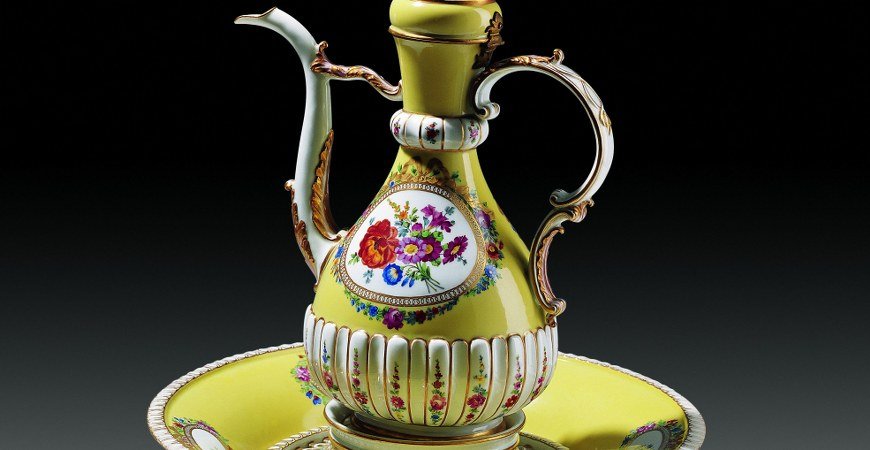
The Porcelain Section of Istanbul Topkapi Palace Museum – Chapter 2
The Porcelain Section of Istanbul Topkapi Palace Museum – Chapter 2,
They informed the emperor, who was overjoyed to hear about the discovery and had a poisoned drink prepared and some drops poured into one of the dishes. And what did he see when he poured this liquid into the glazed plate? That beautiful gleaming green turned black and then the plate cracked. After this successful experiment, he had a factory set up in the palace and had these green glazed dishes manufactured by the thousand. However, instead of teaching the secret to others, those who knew of it kept it to themselves, and when they died the secret of making the glaze went with them. It was no longer possible to make Seladon ware.
The other Chinese porcelains from the dynasties between the 13th to the 19th centuries have their place in the collection. The porcelains of the Ming dynasty which lasted for nearly three hundred years, and the Shing period, decorate the room like a flower garden with their colors of green, pink, white, yellow and red. This collection dating back a thousand years is a priceless treasury. How does it come to be in Topkapi Palace? It is very hard to answer this question. According to palace records, some of it was brought to Istanbul by Yavuz Sultan Selim on returning from his Egyptian and Persian campaigns. Some of it was presented to Sultan Suleyman the Law Giver by the Chinese emperors. Some were bought especially for the palace. Countries which had heard of Sultan Suleyman’s interest in porcelain, and that he was especially fond of the blue and white porcelains would send him boxes and boxes of dinner services, vases, and plates, in order to win his favor. Because of the technique of decorating under the glazing the colors of the patterned porcelain did not fade even after hundreds of years, nor did the tiniest crack appear in the glaze.
You will find more information about The Porcelain Section of Topkapi Palace Istanbul in chapter 3.